Meta Quest Pro vs. Quest 2: What is the difference?
A face-off between Meta's best VR headset offerings
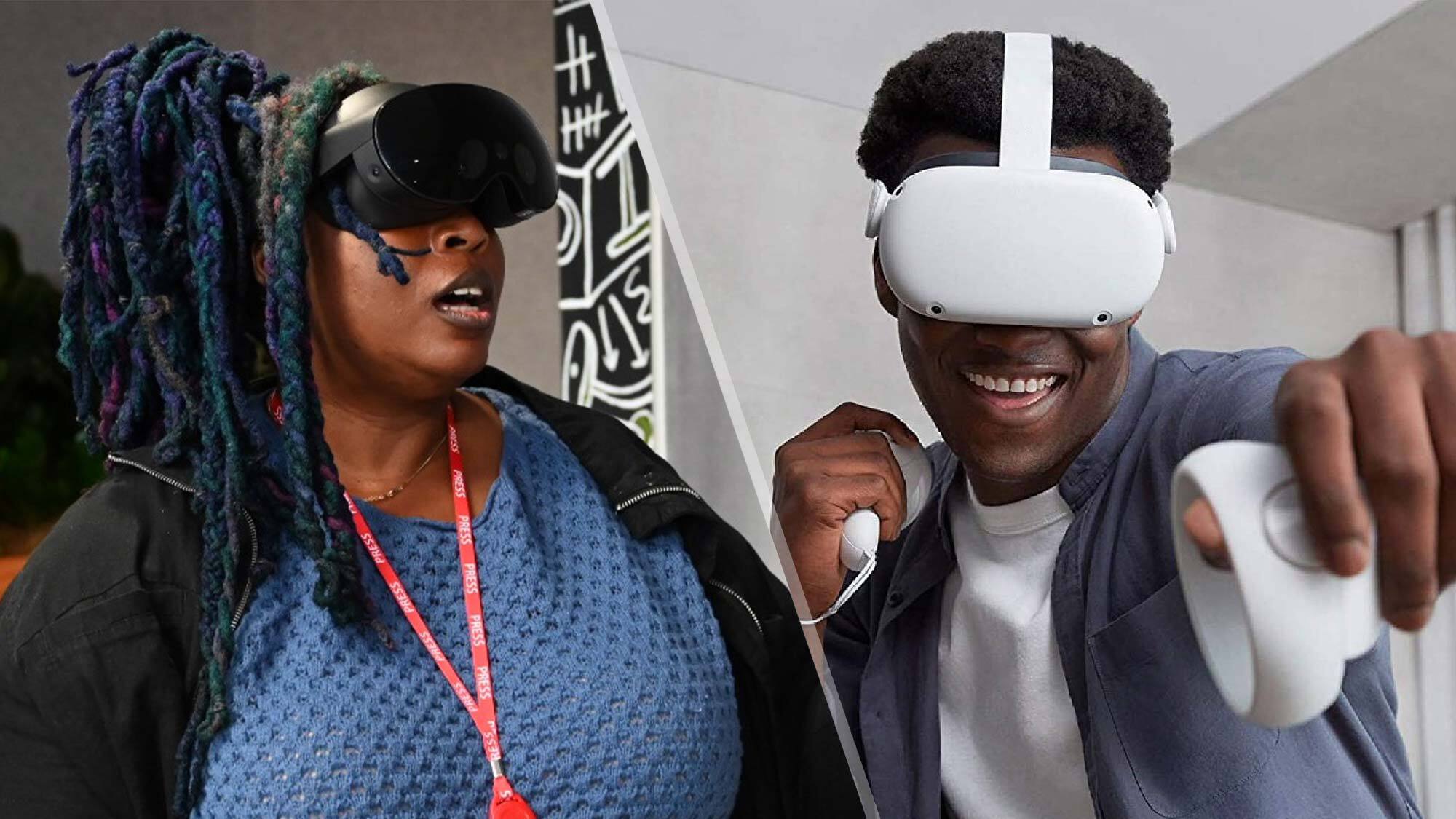
The Meta Quest Pro is finally here! Introduced as Project Cambria at Meta Connect 2021, the momentous livestream event when the social media giant announced that it's swapping "Facebook" for "Meta," the company announced that it planned on rolling out a new, high-end headset.
However, when we heard "high end," we were thinking that it would be close to $1,000, but it never crossed our minds that Meta would tack on an extra $500 to that estimate. The Meta Quest Pro is a whopping $1,500! Whew! Entry to the metaverse ain't cheap!
That being said, we're going to pit the Quest Pro against the Meta Quest 2. This, of course, isn't to determine which VR headset is better (the Quest Pro is the obvious winner here), but whether the Quest Pro is worth spending an extra $1,100!
Note: This face-off is developing as we collect more info about the Quest Pro.
| Row 0 - Cell 0 | Meta Quest Pro | Meta Quest 2 |
| Starting price | $1,500 | $399 |
| Chipset | Qualcomm Snapdragon XR2+ | Qualcomm Snapdragon XR2 |
| Storage | 256GB of storage | 128GB, 256GB |
| RAM | 12GB | 6GB |
| Display resolution | 2,160 x 2,160 pixels per eye | 1,832 x 1920 pixels per eye |
| Lenses | Dual Tianjin-3 QLED panels | Single LCD |
| Tracking | 10 sensors plus an IR depth projector for mixed-reality | Inside-out tracking via 4 cameras |
| Battery | 5,000 mAh | 3,640 mAh |
Meta Quest Pro vs. Quest 2: Price and Availability
The Quest 2 debuted in 2020 with an incredibly budget-friendly price of $299, making VR headsets more accessible to the average consumer. However, earlier this year, Meta announced that its plans to increase the price of the Quest 2 by $100. As such, its new starting price is $399.
A $399 Quest 2 headset, powered by a Qualcomm Snapdragon XR2 5G chip, gets you 128GB of storage and 6GB of RAM. If prefer a headset with 256GB of storage, you can grab the $499 configuration instead. In my experience, the 128GB variant is sufficient enough to hold, at the very least, 50 games and apps.
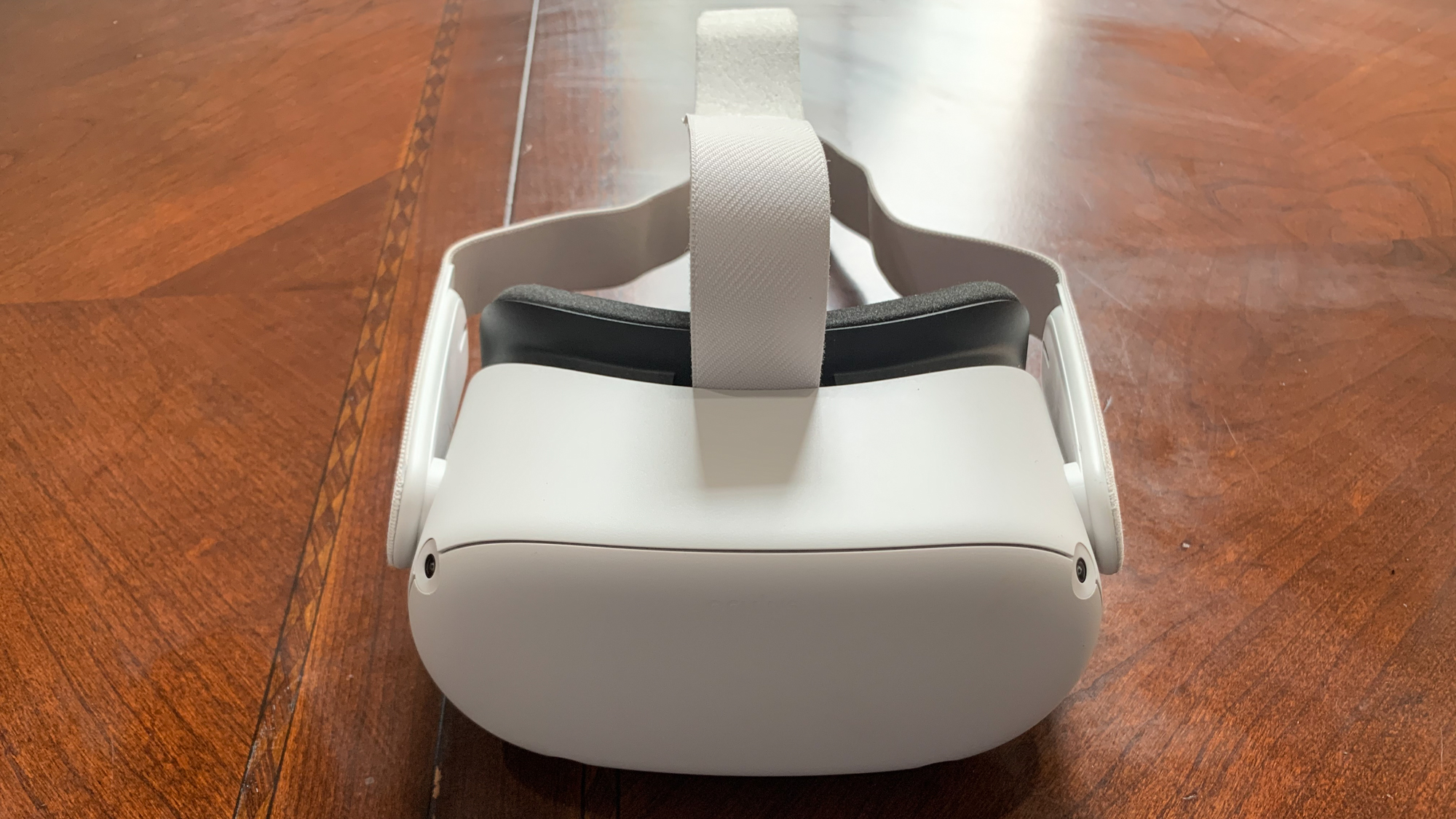
The Quest 2 is currently available for purchase on Meta's official website.
Stay in the know with Laptop Mag
Get our in-depth reviews, helpful tips, great deals, and the biggest news stories delivered to your inbox.
The Quest Pro is Meta's newest mixed-reality headset darling, but it costs a pretty penny: a whopping $1,500! This bad boy features the same chipset as the Quest 2 (Snapdragon XR2 5G), but comes with 256GB of storage and 12GB of RAM.
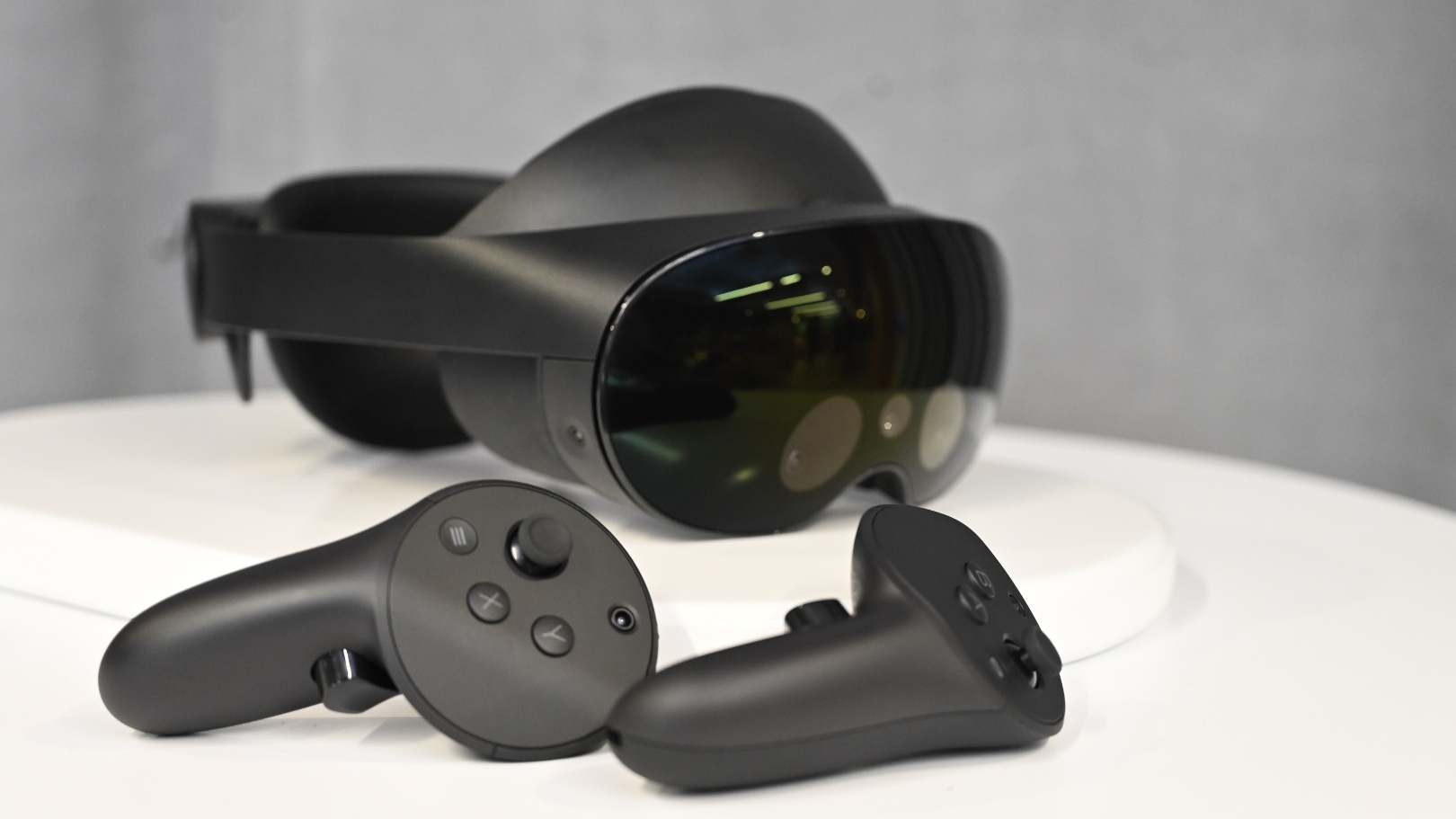
The Quest Pro starts shipping on Oct. 25.
Winner: Meta Quest 2
Meta Quest Pro vs. Quest 2: Design
The Quest 2 stands out with its all-white aesthetic with a plastic, matte body. In the front part of the headset, there are four indented areas that feature inside-out trackers (one on each corner). On the top of the headset, there's a volume rocker. On the right side, you'll find an action button (this is for turning the headset on and off). To secure the head-mounted display to your head, there are straps made of soft, pliable fabric, but keep in mind that because they're white, they will start to look filthy if you don't clean them regularly.
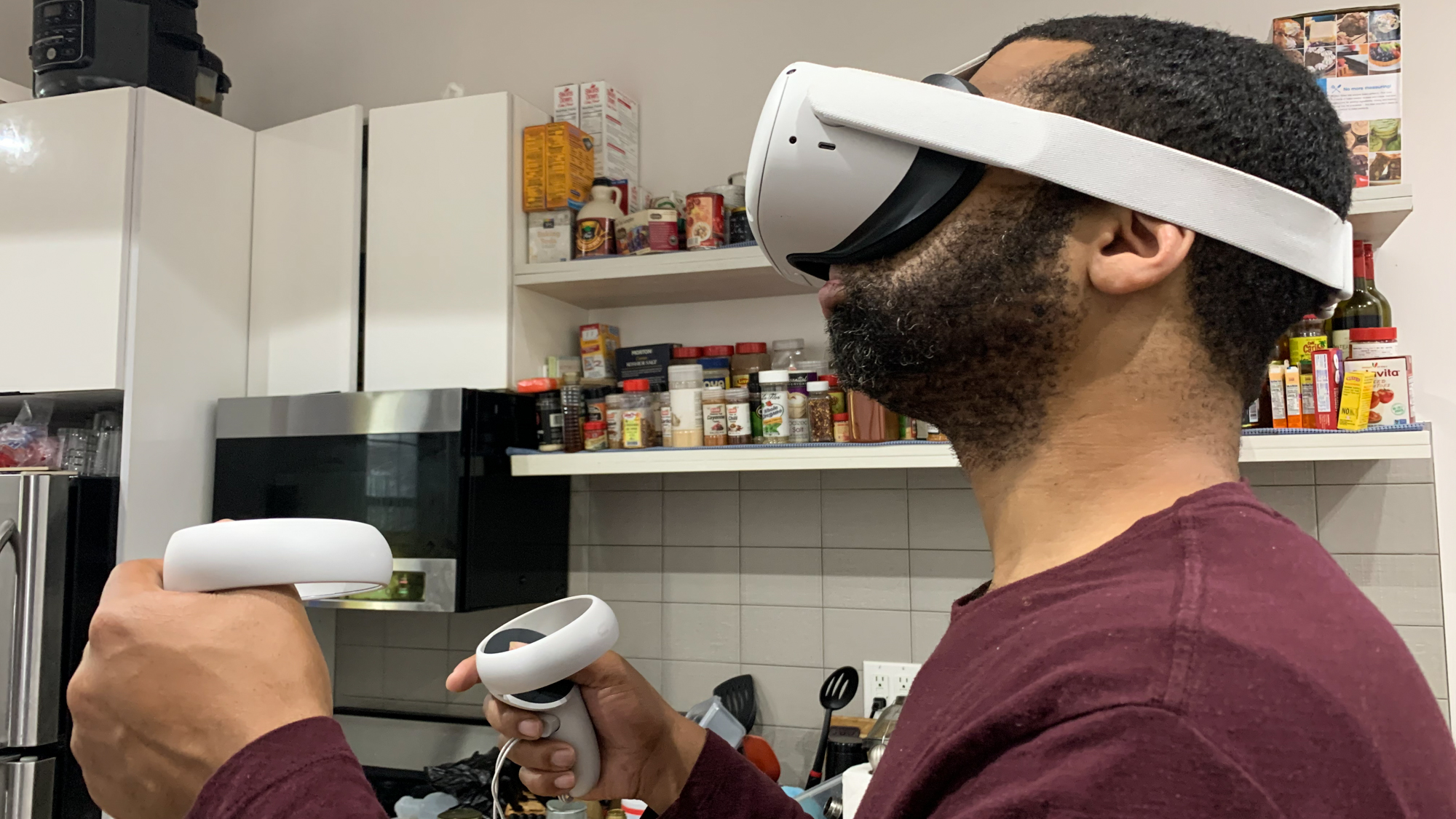
You'll also spot a black foam lining that surrounds the Quest 2; this is the area that will sit on your face, framing your eyebrows and eyes. It will collect a lot of sweat and other nasties that collect on your face. Fortunately, the Quest 2 ships with a silicon cover that, of course, covers the foam lining, making it easier to clean between sessions.
The Quest 2's inner goggles have three IPD adjustment levels. In other words, you can move the goggles closer together, or apart, at three presets. It's up to you to play around with these levels to determine which is easier on your eyes for the sharpest visual experience.
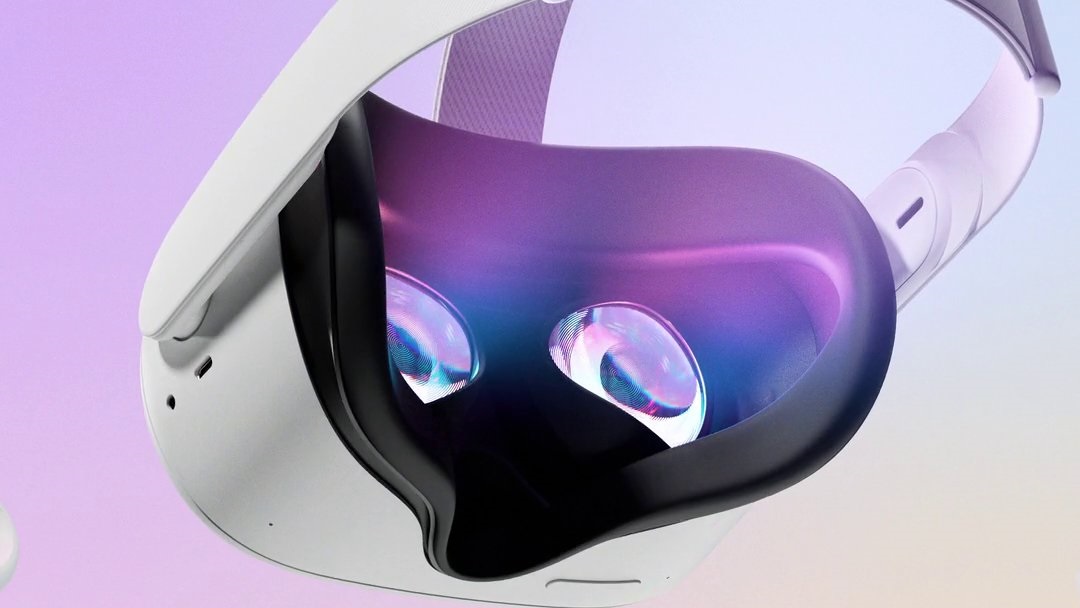
I highly suggest that users purchase the Quest 2 with the optional $59.99 Elite Strap. This is an accessory you can add to the Quest 2 to ensure that it sits better on your head (it replaces the fabric straps). If you're playing any active, high-movement Quest 2 games, you'll appreciate the Elite Strap because it features a fit wheel that tightens the headset to your head for better weight distribution. Without it, the headset may slide up and down on your head as you move, especially if you're sweaty.
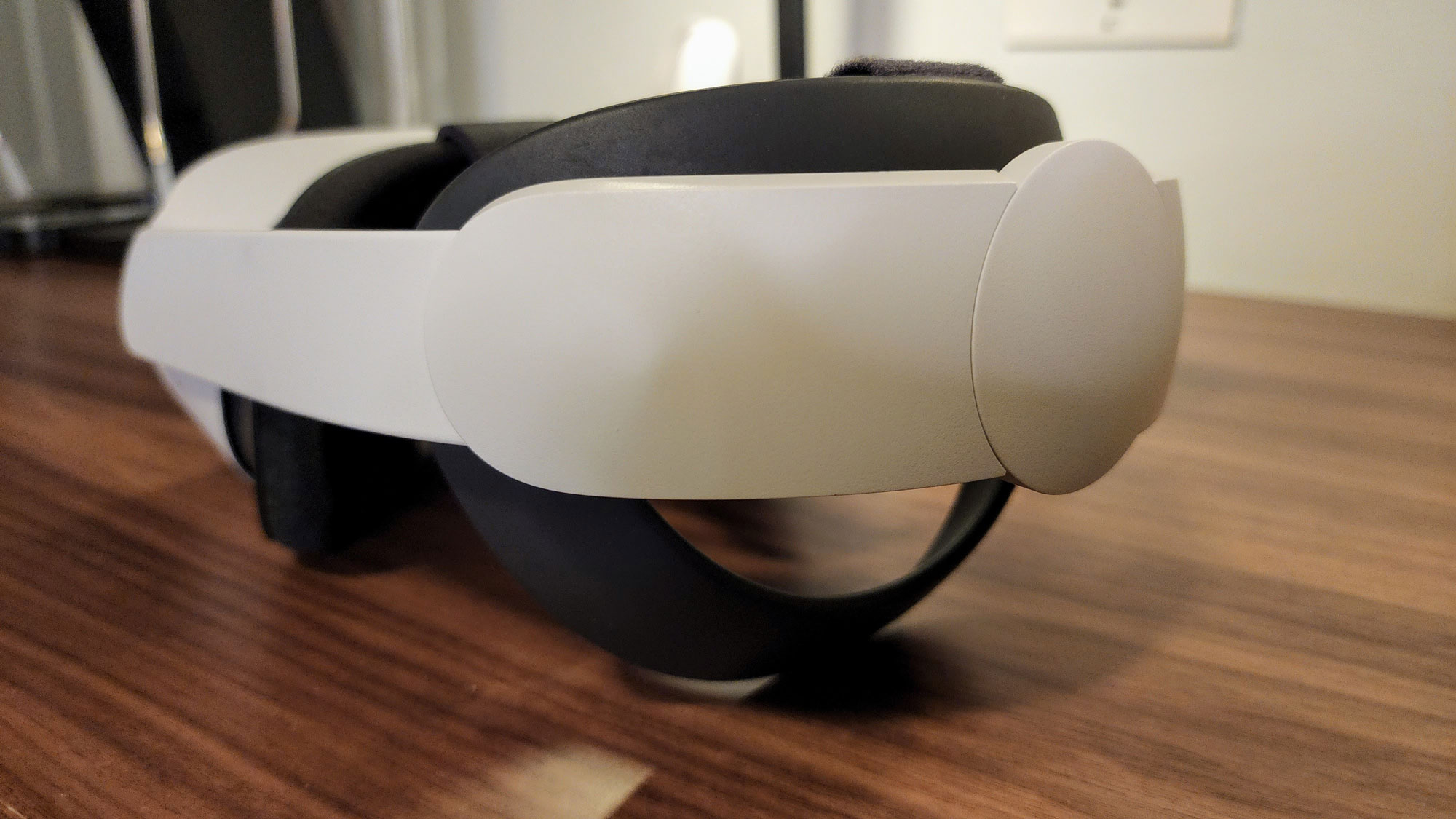
The Quest Pro, on the other hand, features the Elite Strap in its design. It has a built-in fit wheel that lets you adjust the headset's tightness to your liking. It cradles the back of your head while keeping the front of your head secure. Unlike the Quest 2, the Quest Pro has an all-black body — hallelujah!
It's also more lightweight; it has a futuristic ski-mask vibe! On top of the ski-mask design is a hooded extension made to cover your forehead; this keeps you fully immersed into the headset, blocking any outside visual distractions.
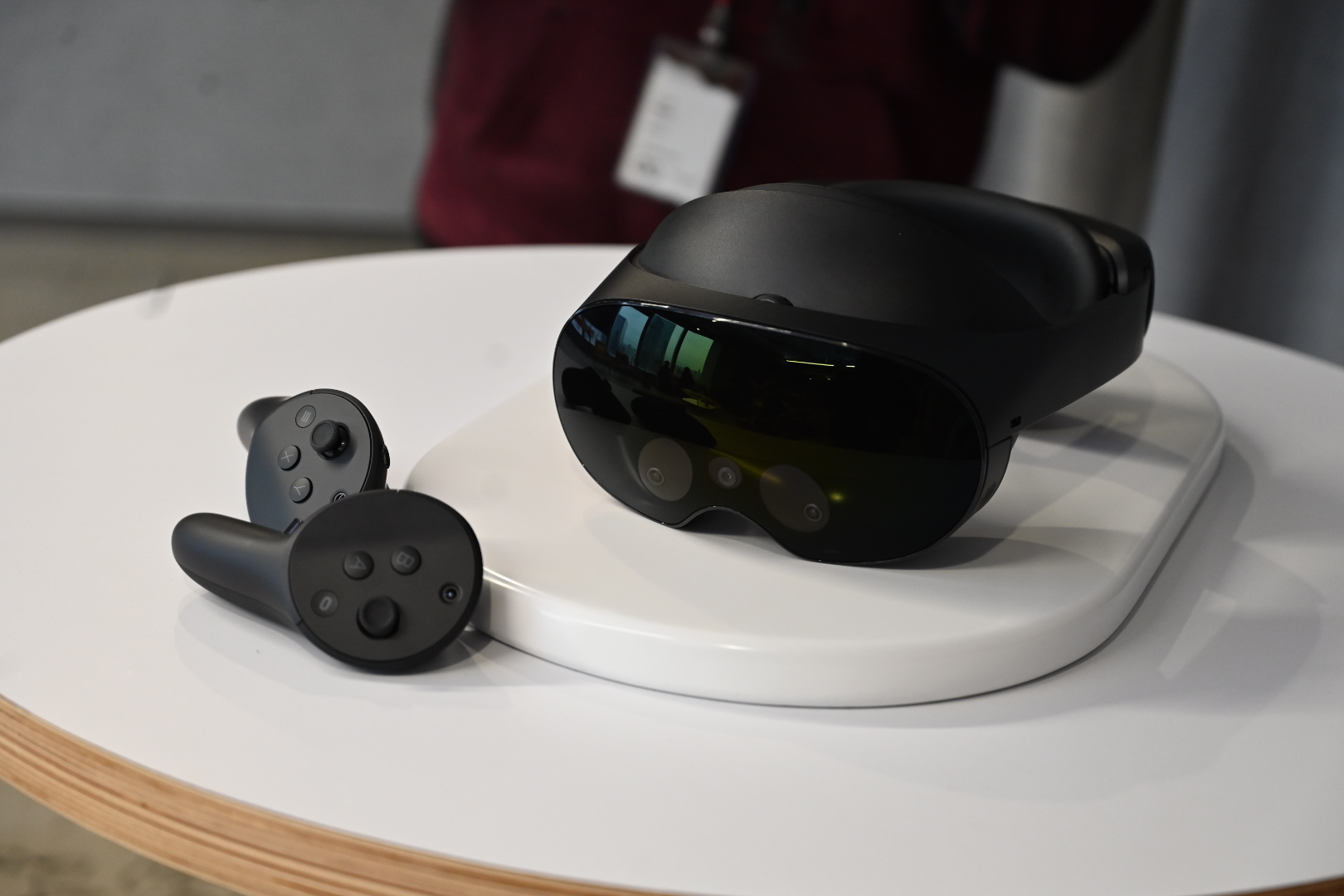
Remember when I said that the Quest 2 has triple-tier IPD adjustment? Fortunately, the Quest Pro's goggles uses a slider instead of limiting presets, so you can more accurately pinpoint your "visual sweet spot."
One of the most conspicuous parts of the Quest Pro are the cyclops-looking "eyes" that are featured on the front of the head-mounted display. The two bottom "eyes" are 1,280 x 1,080-pixel Lumor sensors that facilitate passthrough and stereoscopy as well as constellation tracking and hand tracking. The "third eye" features a combination of a 16MP color camera and a depth projector.
Meta Quest Pro vs. Quest 2: ports
Both the Meta Quest Pro and Quest 2 feature a USB-C port for charging and transferring data.
The Quest 2 has a 3.5mm headset jack for connecting your favorite headphones, but from what we can see, the Quest Pro does not have one.
Winner: Quest 2
Meta Quest Pro vs. Quest 2: lenses
The Quest 2's display features single, fast-switch LCD binoculars. The Quest Pro, on the other hand, sports two mini LED binoculars. The Quest 2 is outfitted with Fresnel lenses while the Quest Pro comes with Pancake lenses.
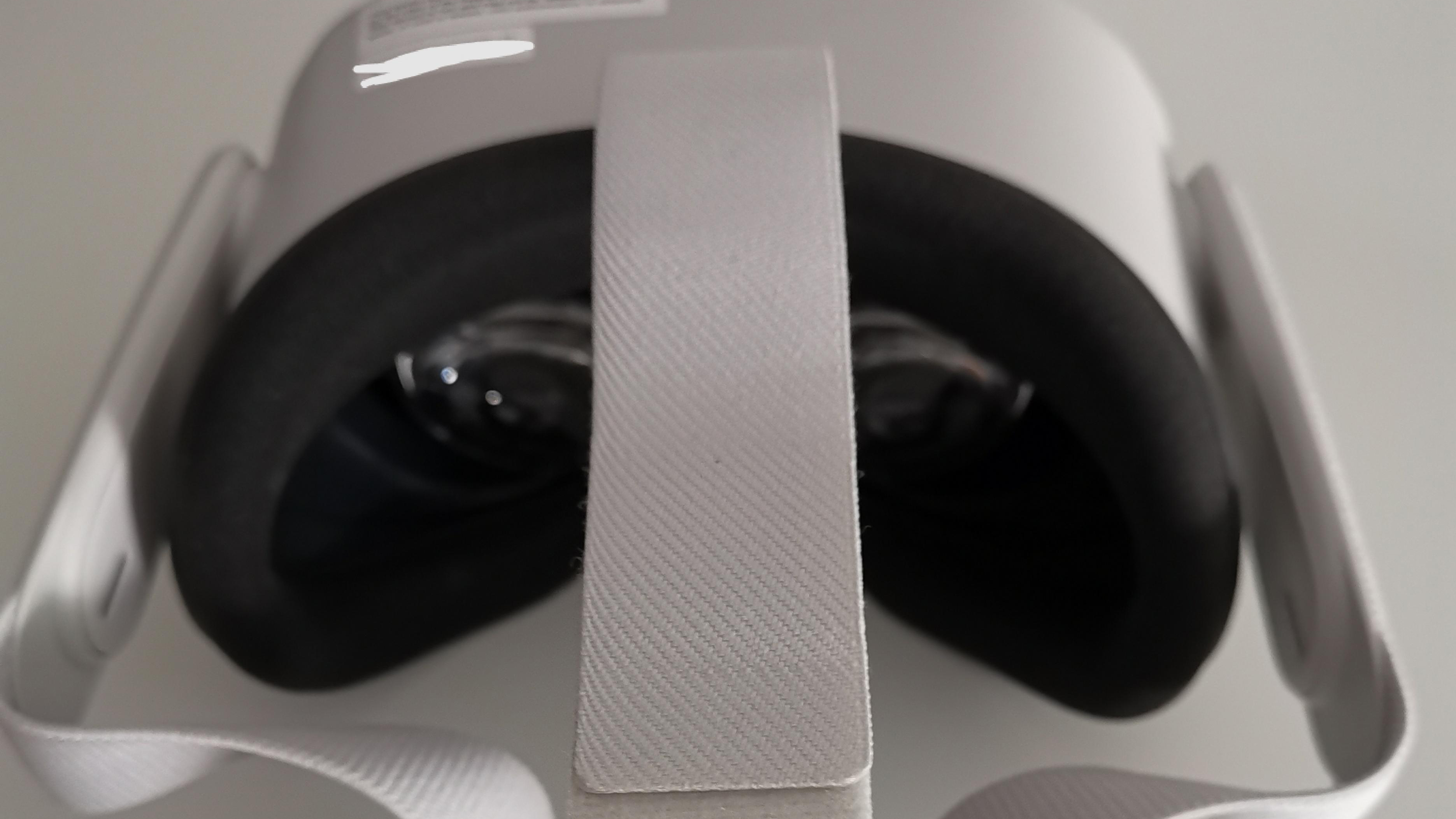
The Quest 2's display has a resolution of 1,832 x 1920 pixels per eye. Conversely, the Quest Pro has an upgraded resolution of 2,160 x 2,160 pixels per eye. The higher resolution on the latter means there are more pixels per inch; consequently, the picture quality should be crisper and sharper with finer details. To be specific, Meta claims that the Quest Pro's display has 37% more dots per inch (DPI) compared to the Quest 2.
The Quest 2 has a refresh rate of up to 120Hz. The Quest Pro is estimated to climb to 90Hz so far, but that can increase with future upgrades.
It's also worth noting that the Quest 2 has fixed foveated rendering while the Quest Pro has dynamic foveated rendering. What does this mean? Well, let's start by fleshing out the definition of foveated rendering — it's a rendering technique that preserves resources by prioritizing the picture that's within users' line of sight. In other words, the details that matter the most are sharpened and rendered to full resolution while the less-important details are more blurry.
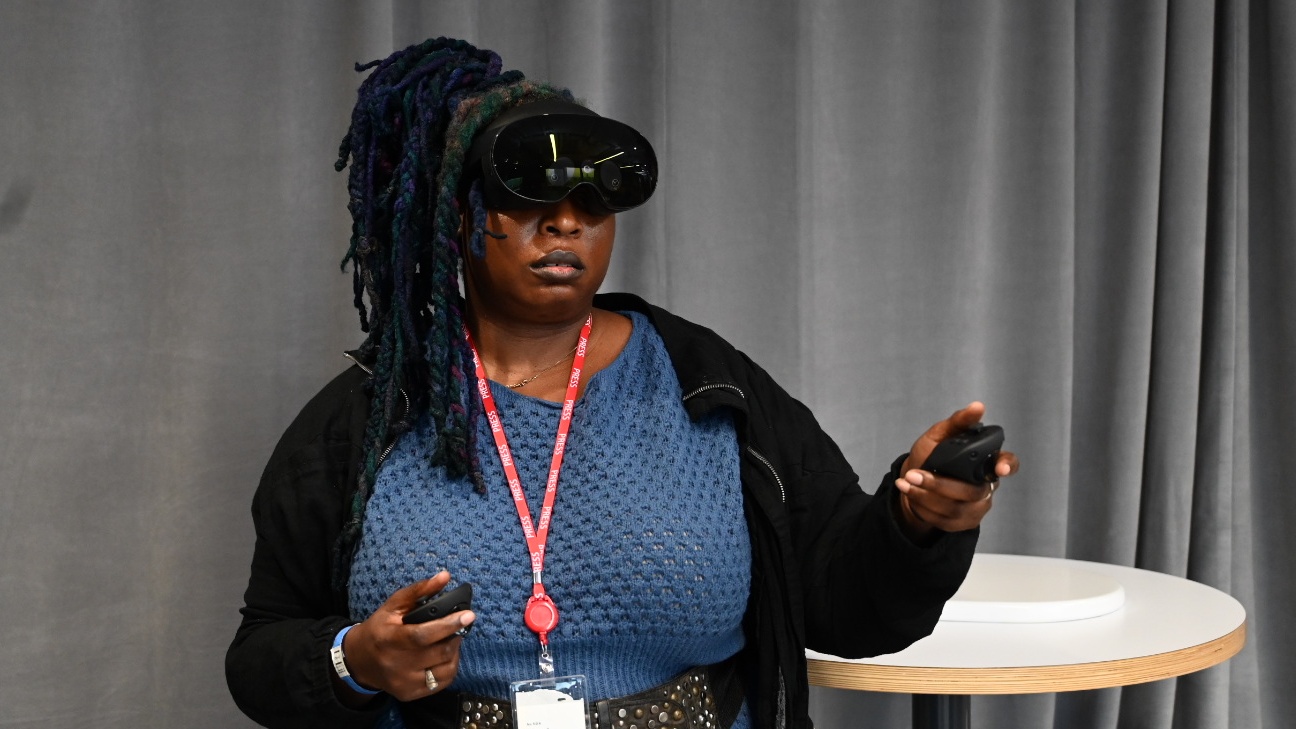
With fixed foveated rendering, the Quest 2 headset predetermines the "less important" areas. On the other hand, the Quest Pro features dynamic foveated rendering, which means that it renders details to full resolution depending on where you're looking. Because the Quest Pro has eye tracking, it can rely on dynamic foveated rendering for a more smoother visual experience.
Winner: Quest Pro
Meta Quest Pro vs. Quest 2: controllers
Matching the theme of their associated headsets, the Quest 2's third-generation Oculus Touch controllers are white and come with a middle-finger and index-finger triggers as well as a capacitive joystick, touchpad and face buttons.
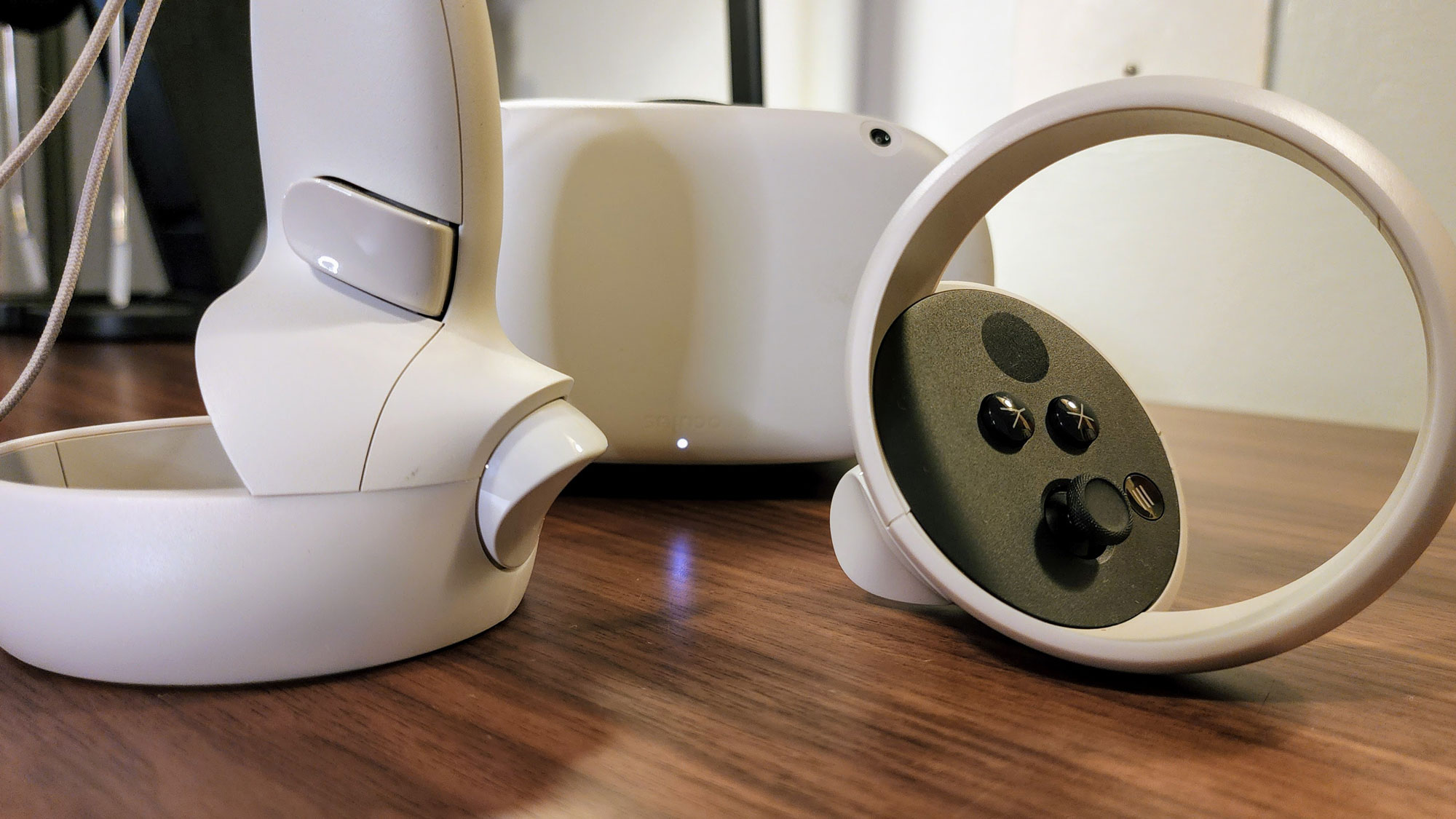
The Quest Pro's black controllers are similar, but don't have the Quest 2's large tracking ring.
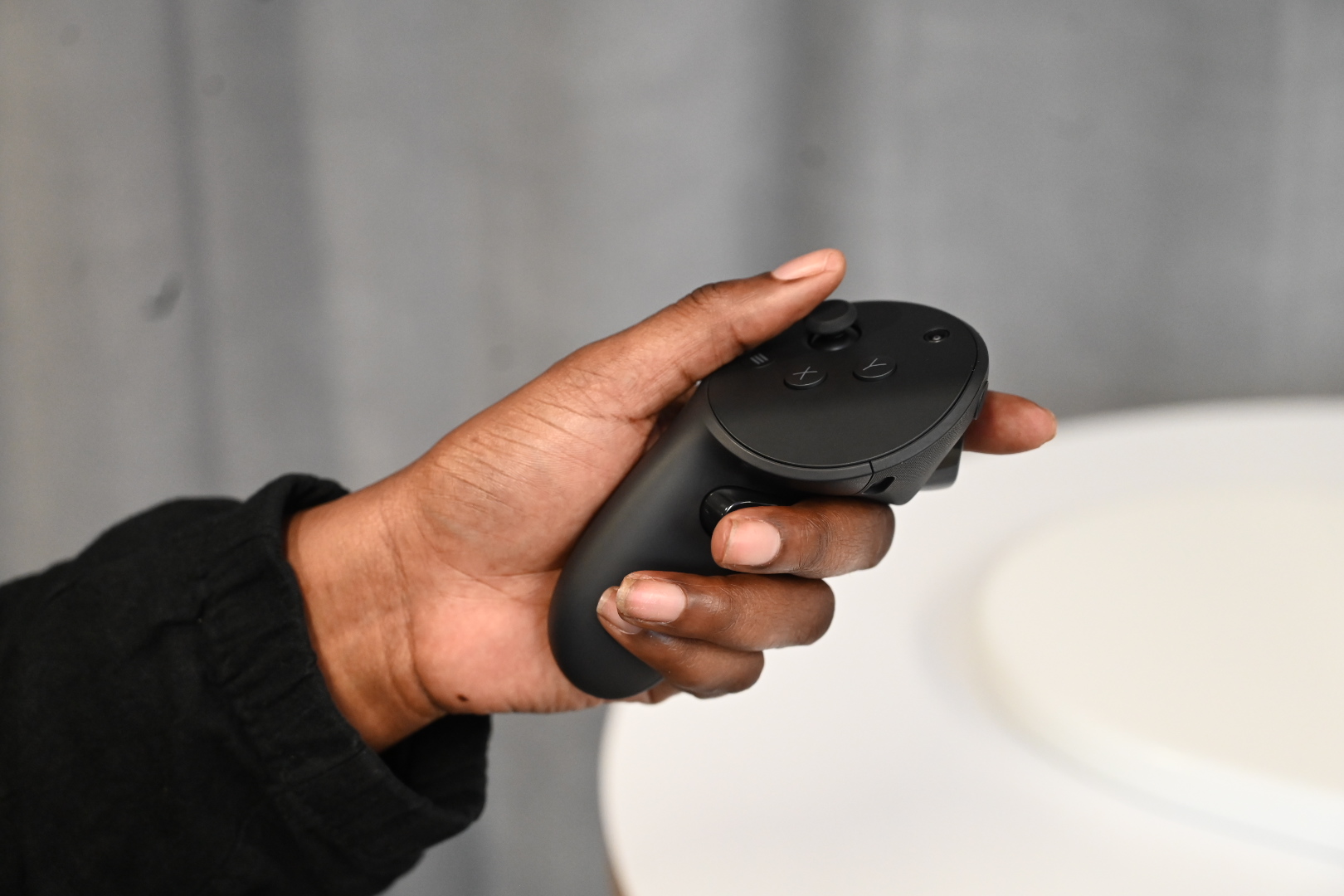
It appears to have a more ergonomic design that molds into the hand's natural curvatures. Rumor has it that they're also slightly heavier than the Quest 2's controllers, but I'll have to get my hands on them to confirm that.
Winner: Quest Pro
Meta Quest Pro vs. Quest 2: experience
The Quest Pro and Quest 2 offer two different experiences. The former is a mixed-reality, AR/VR headset. In other words, it can blend two worlds — the simulated and the physical planes — together. For example, if you wanted to play AR/VR mini golf, you can see your living room in the Quest Pro, but you'll also find an overlay of VR artifacts, including the golf ball, golf club, the hole, and other visual goodies.
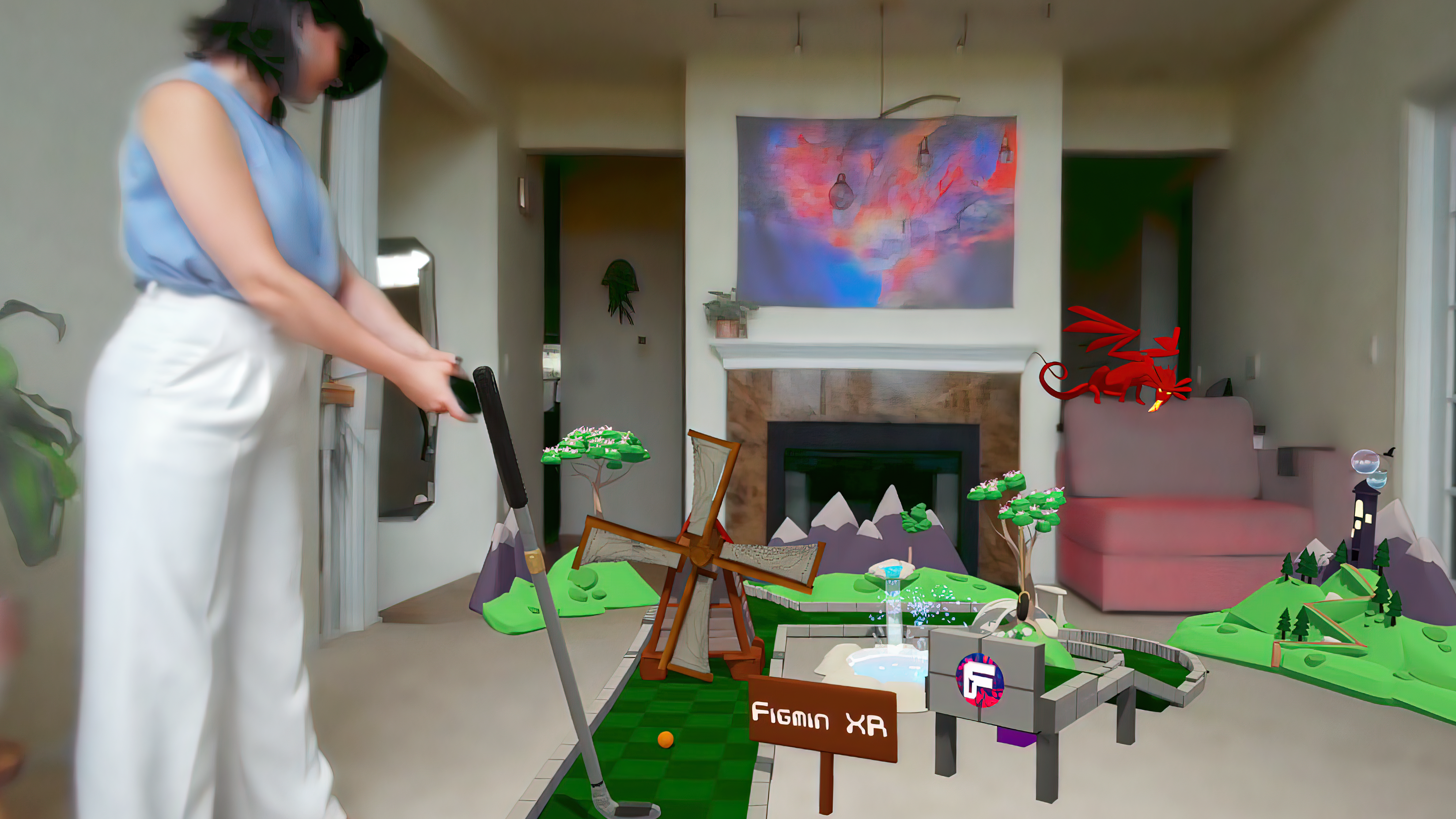
The Quest 2 cannot accomplish this because it does not have the hardware to enable color passthrough mode. For the uninitiated, passthrough mode simply lets you see the environment around you without needing to remove your headset. The passthrough mode in the Quest 2 is in grayscale. Plus, it's blurry and has poor definition. The Quest Pro should be the complete opposite; passthrough mode should be colorful, sharp and well defined.
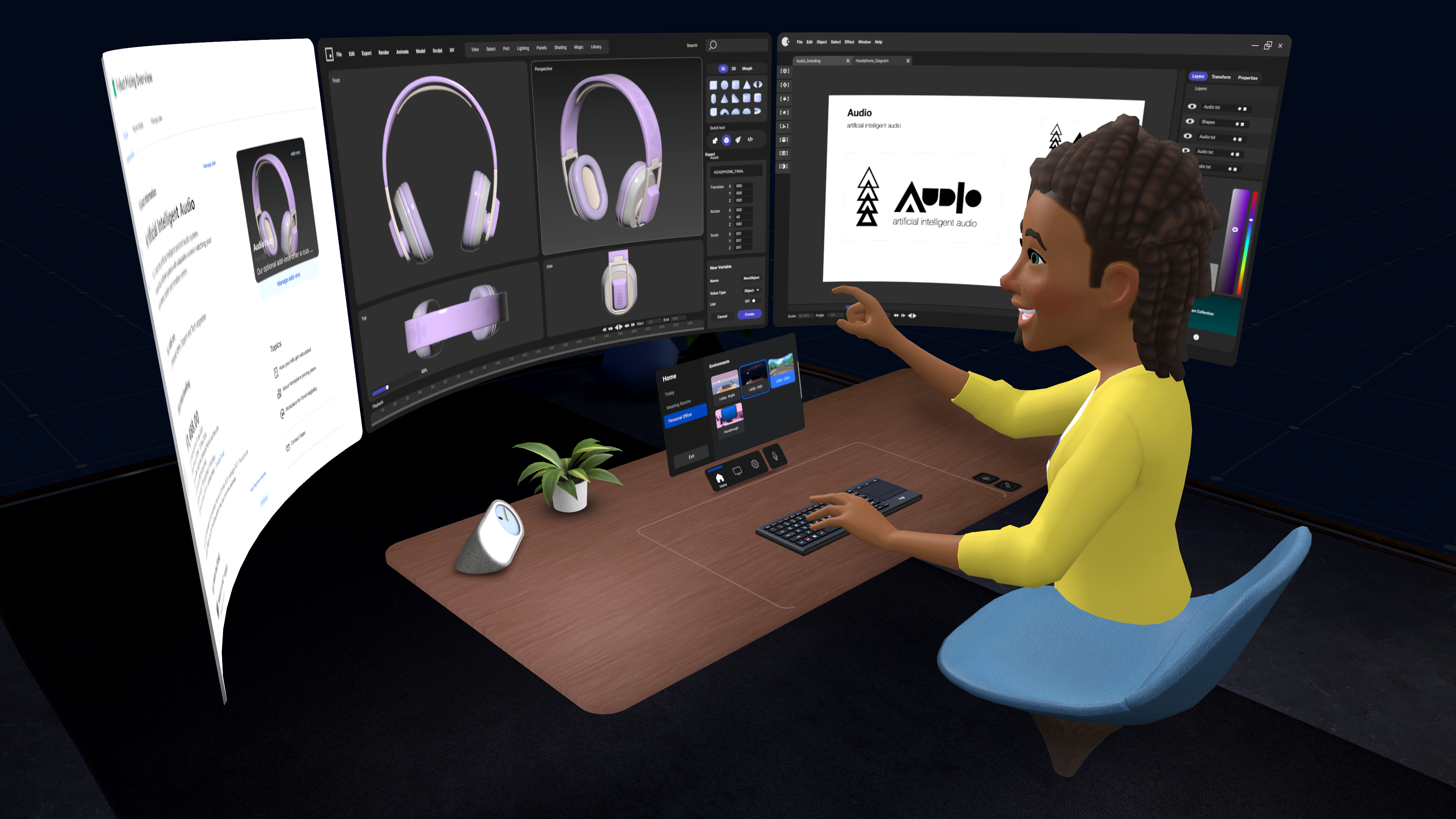
As such, with the Quest Pro, you can dive into productivity apps. For example, you can see what's on the laptop in front of you (in real life) while also working with several virtual screens that feature various webpages. If you're doing a research paper, you'll have the option to look at the information displayed in front of you on your laptop while simultaneously looking at the simulated monitors for cross-examination purposes.

Compared to the Quest Pro, there is more emphasis on avatars and how well they can mimic your expression. Thanks to the 10+ trackers and sensors on the Quest Pro, your avatar can accurately recreate your facial and hand expressions in the metaverse. If you crinkle your nose or wink, that will also be mirrored simulated environment, allowing other users in the metaverse to see exactly how you're reacting in real life.
Winner: Quest Pro
Outlook
As stated at the outset, unlike other comparative analyses we've done, the purpose is of this face-off isn't to announce a "winner." The Quest Pro is clearly a forerunner, but the question is, is it worth $1,500?
If having augmented-reality experiences intrigues you, in other words, interacting with VR artifacts that appear to be in your physical plane excites you, the Quest Pro is your guy. You'll have the opportunity to, for example, invite a fitness instructor into your living room as if they are a hologram in your presence. You cannot do this with the Quest 2; most, if not all, apps and games are VR-based (as opposed to AR), so there's no mixed-reality element.
The Quest Pro also has enhanced tracking for your face, eyes and hands, so when you're being represented by an avatar in a simulated world, others can read your micro-expressions, whether you're frowning, smiling, or crinkling your nose in disgust. It also has better display resolution, improved spatial audio, a bigger battery, and a more comfortable design. You just have to decide if those upgrades are worth an extra $1,100.
As a huge fan of what Meta has done with the Quest 2, I personally would snag the Quest Pro in a heartbeat.
Kimberly Gedeon, holding a Master's degree in International Journalism, launched her career as a journalist for MadameNoire's business beat in 2013. She loved translating stuffy stories about the economy, personal finance and investing into digestible, easy-to-understand, entertaining stories for young women of color. During her time on the business beat, she discovered her passion for tech as she dove into articles about tech entrepreneurship, the Consumer Electronics Show (CES) and the latest tablets. After eight years of freelancing, dabbling in a myriad of beats, she's finally found a home at Laptop Mag that accepts her as the crypto-addicted, virtual reality-loving, investing-focused, tech-fascinated nerd she is. Woot!

